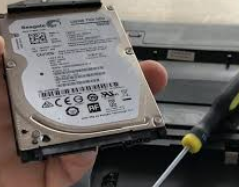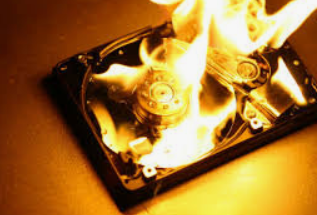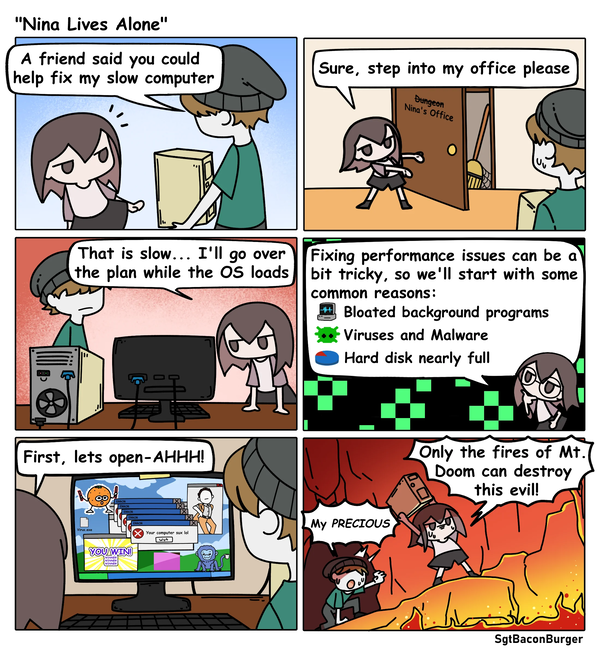Replacing failed drives in a md array

In a Linux softraid, you may have to replace failed drives. As usual, backups are still needed, but hardware failures can be covered by RAID levels.

-
Check the array status with
cat /proc/mdstat:xm3:~# cat /proc/mdstat Personalities : [raid1] md0 : active raid1 sdb[0] sdc[2] 67042304 blocks super 1.2 [2/2] [UU] unused devices: <none> - Check the serial number of your drives to make sure you
are replacing the right one:
lsblk -do +VENDOR,MODEL,SERIAL:NAME MAJ:MIN RM SIZE RO TYPE MOUNTPOINTS VENDOR MODEL SERIAL loop0 7:0 0 108.1M 1 loop /.modloop sda 253:0 0 232G 0 disk ATA WDC_WD2500AVVS-73M8B0 WD-WCAV94350152 sdb 253:16 0 232G 0 disk ATA WDC_WD2500AVVS-73M8B0 WD-WCAV94350152 sdc 253:32 0 232G 0 disk ATA WDC_WD2500AVVS-73M8B0 WD-WCAV94350152 -
Remove the faulty drive
- Hot plugging, you can do this while the system is running, if your hardware
supports it.
- Remove the drive from the system.
- Run:
mdadm --manage /dev/md0 --remove failedNote that
failedworked for me. Other examples mentioneddetached.
- Warm plugging, some hardware requires you to enter some commands:
- mark drive as faulty
mdadm --manage /dev/md0 --fail /dev/sdc` - remove drive from array
mdadm --manage /dev/md0 --remove /dev/sdc - remove the drive from the kernel
echo 1 > /sys/block/sdc/device/delete
- mark drive as faulty
-
This is how mdstat looks like after:
xm3:~# cat /proc/mdstat Personalities : [raid1] md0 : active raid1 vdb[0] 67042304 blocks super 1.2 [2/1] [U_] unused devices: <none>When removing the physical drive, if possible, unplug the power cable first, data cable next.
- Hot plugging, you can do this while the system is running, if your hardware
supports it.
- Insert the new drive. When possible, plug the data cable first, power cable next. Wait 10-15 seconds
- Run
for file in /sys/class/scsi_host/*/scan; do echo "- - -" > $file; done;This will re-scan the SATA buses. This is not always needed.
- Add the new drive to the array:
mdadm --add /dev/md0 /dev/sdc -
Check that the configuration updated correctly:
xm3:~# mdadm --detail /dev/md0 /dev/md0: Version : 1.2 Creation Time : Tue Nov 5 14:44:26 2024 Raid Level : raid1 Array Size : 67042304 (63.94 GiB 68.65 GB) Used Dev Size : 67042304 (63.94 GiB 68.65 GB) Raid Devices : 2 Total Devices : 2 Persistence : Superblock is persistent Update Time : Wed Nov 13 14:03:42 2024 State : clean, degraded, recovering Active Devices : 1 Working Devices : 2 Failed Devices : 0 Spare Devices : 1 Consistency Policy : resync Rebuild Status : 0% complete Name : xm3.virtual:0 (local to host xm3.virtual) UUID : 95d17a6b:bee76241:c72a05d1:3cfd7d62 Events : 28 Number Major Minor RaidDevice State 0 253 16 0 active sync /dev/sdb 2 253 32 1 spare rebuilding /dev/sdcYou can monitor the re-build process with:
# watch cat /proc/mdstat Personalities : [raid1] md0 : active raid1 vdc[2] vdb[0] 67042304 blocks super 1.2 [2/1] [U_] [=========>...........] recovery = 45.6% (30607360/67042304) finish=3.0min speed=200060K/sec unused devices: <none>
You should check the output of dmesg:
[ 703.836264] md/raid1:md0: Disk failure on sdc, disabling device.
[ 703.836264] md/raid1:md0: Operation continuing on 1 devices.
[ 1789.815521] md: recovery of RAID array md0
Simlarly, you should use:
smartctl -a /dev/sdcTo check the health status of the drive.
In here I am using raw drives (without partitioning). If you are using partitions
make sure to run fdisk when appropriate.
If you have smartmontools installed and running, we need to reset the daemon so it
doesn't keep warning about the drive we removed.
